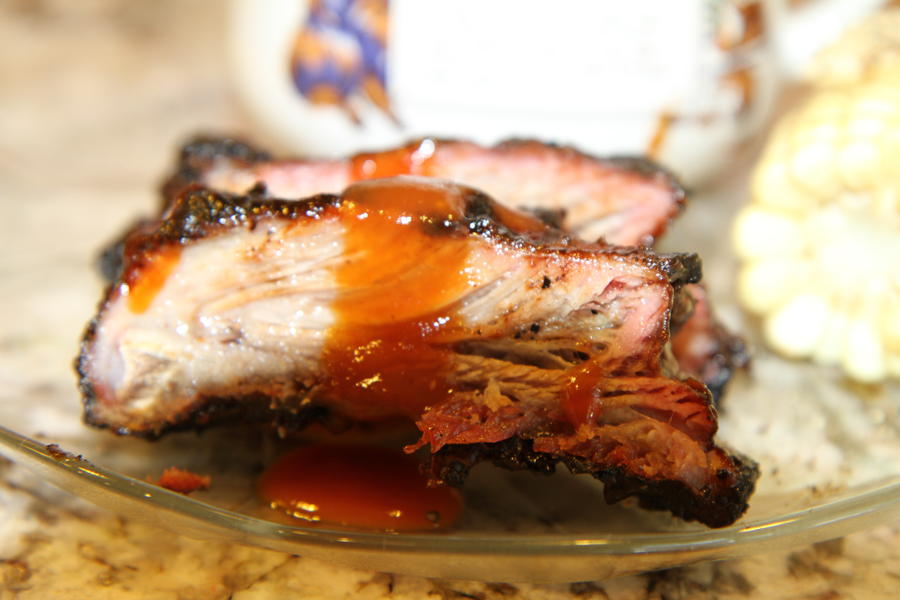In the context on this topic:
Once the 212F has been reached, the specific thermal conductivity constant of the meat (and fat, and bones) takes over. The speed of heat travel will always be the same to get the IT up. In other words, the high or low will have no impact on slow or fast relative to IT.
So if I understand you correctly you are saying if I cook my ribs at 212° or 500° the internal temps will take the same amount of time to reach the same temperature? This is something I can't get my head around and wont try to either.
Regardless of if this is true or not, I don't think it applies to the conversation about the ribs being done in 70 minutes as opposed to 6 hours, The simple fact is you can cook Ribs in a little over an hour or 6 hours with great results regardless of the science, so the statement is a moot point in this case, nonetheless interesting though!
However, the high or low will have a big difference on the meat's surface. The heat will determine how fast the moisture will be burned away and how fast and how much caramelization will take place, and how much meat will turn to carbon.
The other aspect:
Just because the thermometer reads over 212F, it does not mean the meat's surface temperature is at 212F. This has to do with the very low specific heat of air, and the high latent heat contain of water. Evaporation can carry away a lot more heat than air can supply. That said, there is another factor enters into the consideration. If the interior of you smoker/grill is designed in such a way that the interior surfaces of the smoker/grill gets very hot very fast, like in a well insulated ones, than a lot of cooking of the meat can be by done by infrared. In this case, the temperature measured by the termometer can be 0F, and the meat can still be cooked or burned.
dcarch











